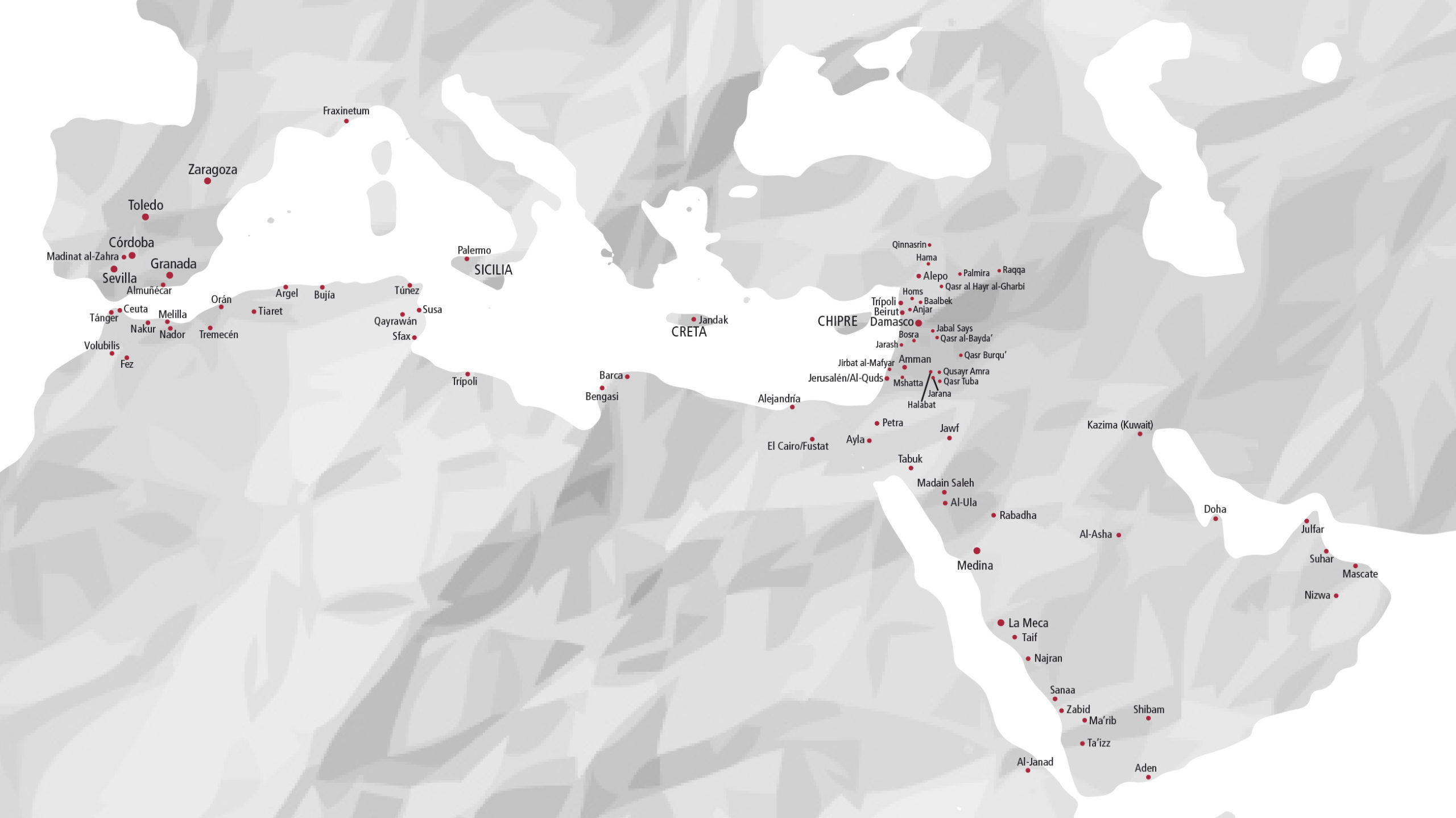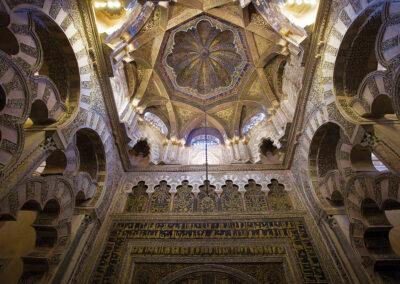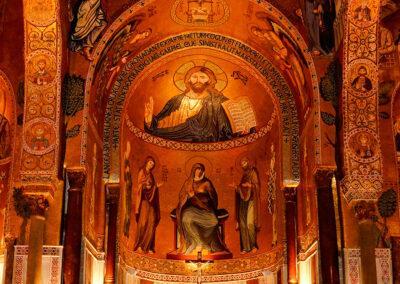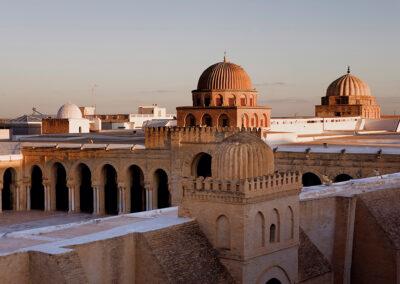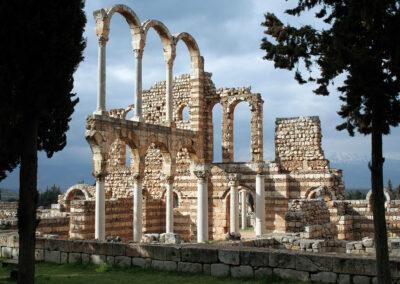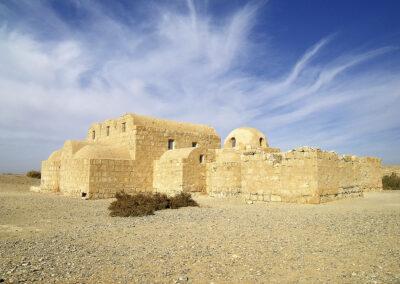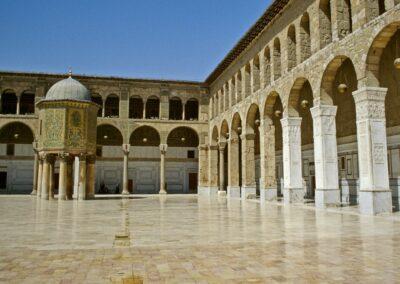Cultural Itinerary of the Umayyads
The Cultural Itinerary of the Umayyads is an essential link between East and West. The Itineraries of the Muslim Civilization suggest to rediscover it, stage by stage, in a long and fascinating historical journey from the Arabian Peninsula to the Iberian Peninsula via Northern Africa.
It stretches between two peninsulas, Arabia and Iberia. It crosses and links three continents, Asia, Africa and Europe. It runs along the Gulf of the Arabs and Persians, the Omani and Yemeni shores of the Indian Ocean, the ports of the Red, Eastern and Western Mediterranean, from the Mesopotamian Euphrates to the Andalusian Guadalquivir. It travels up the green slopes of Arabia Felix and the Fertile Crescent, along the caravan routes of the Hijaz and Syrian steppes, and across the Maghreb and the Mediterranean islands of Sicily and Crete.
This Itinerary reveals how the Muslim civilization arrived from the Arabian Peninsula through the Fertile Crescent and North Africa to the Iberian Peninsula. It takes the form of what we might call the Umayyad Route, from Damascus to Cordoba, but goes further to explain the many influences between East and West. This round trip brought innumerable contributions to Europe, reached its zenith in Sicily and Muslim Spain and, throughout the Iberian Peninsula, exerted an enormous influence for European cultural and scientific development. Old paths where knowledge, art and science travelled and stopped, always leaving their traces. Profusely diverse, they often reveal unique common denominators, interactions, encounters and miscegenation that occurred in the course of a shared history to which all these roads lead.
The routes tell us about history, traditions, artistic heritage, agriculture, science and also about commercial and social relations. This civilization was established in a world impregnated with classical culture (Greece, Rome and Byzantium), and its cultural contributions served to shape a crucial civilisation for the progress of man.
The Itineraries of the Muslim Civilization echo these dialogues. They place such an extensive geographical area on the same cultural map. They place such an extensive geographical area on the same cultural map. The conquests -futuhat-that Islam developed during its first century of life opened up a new way of communication and relationship that led to one of the most fruitful encounters between East and West. This expansion, outside the initial geographical area of influence of the Arabs (Arabia, Syria and Mesopotamia), began with the Rashidun Caliphs: Abu Bakr, Omar ibn al-Khattab, ‘Uthman ibn Affan and Ali ibn Abi Taleb. It would intensify under the Eastern Umayyad Caliphate established by Muawiya ibn Abi Sufian in 661 (AD 41). Under the Umayyad rule, Islam not only achieved the territorial expansion of an empire from the Ebro to the Indus rivers, but also achieved an opening and cosmopolitan character, exposed to the cultures of the conquered countries and capable of serving as a transmitter of these cultures.
The Umayyad empire quickly became a great melting pot of cultures that, together with an emerging creativity, gave birth to a new art, with new aesthetic forms and cultural habits that were reflected in a rich repertoire of constructions, in new urban forms and images. The transmission of the new cultural reality towards the West had its special survival, precisely in the continuity of the Umayyad dynasty in al-Andalus, until the beginning of the 11th century.
The Umayyad Itinerary plunges into the rich sublayers of the civilizations that preceded Islam (Greco-Latin, Persian, Nabataean, Palmyrene, Sabaean, etc.), and of course contemplates at each milestone of the route the rich ramifications and eclosions that emerged throughout a complex history, with the succession of the dynasties.
The route proposes a monumental -and unprecedented- compilation of a rich common heritage. It does not only stop at its artistic and architectural manifestations. It also listens to the many literary and poetic voices that mark the route. It also listens to the many literary and poetic voices that mark the route. It studies the labyrinthine path of science, beliefs and thought. It tells us at the same time the about the journeys of the travellers, the wise and the erudite who travelled, in one way or another, these paths.
Map of the Cultural Itnerary of the Umayyads







